New G Loomis IMX Pro Fly Rods Focus on Fishing Specifics
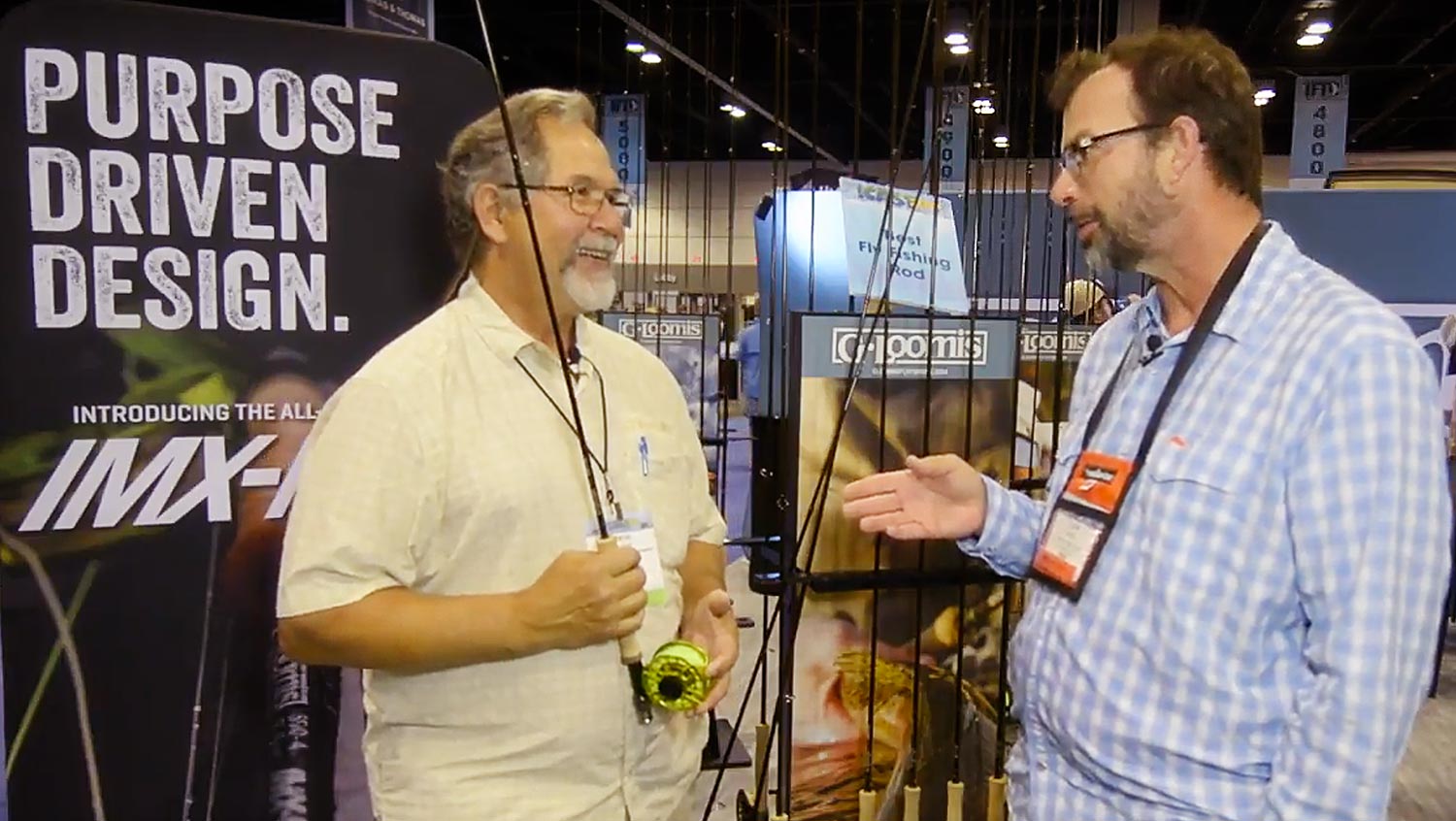
IMX Pro fly rods are made for the working guide.
G Loomis has taken a really interesting approach with the new IMX Pro rods. They’ve designed rods for specific fishing circumstances that guides, and hard core anglers, find them selves in with regularity. If you know how you want to fish, chances are Loomis has a rod for you.
The IMX Pro is available in a variety of lengths and weights, single hand and spey. I had the chance to cast several of them at IFTD and was very impressed. These rods are light-weight and powerful with smooth actions. Best of all the IMX Pro rods come in at an attractive price. $495 for single-hand.
IN THIS VIDEO STEVE RAJEFF TAKES US THROUGH THE IMX PRO MODELS AND FEATURES.
Read More »Putting Your Rod Tip In The Water Can Be A Game Changer
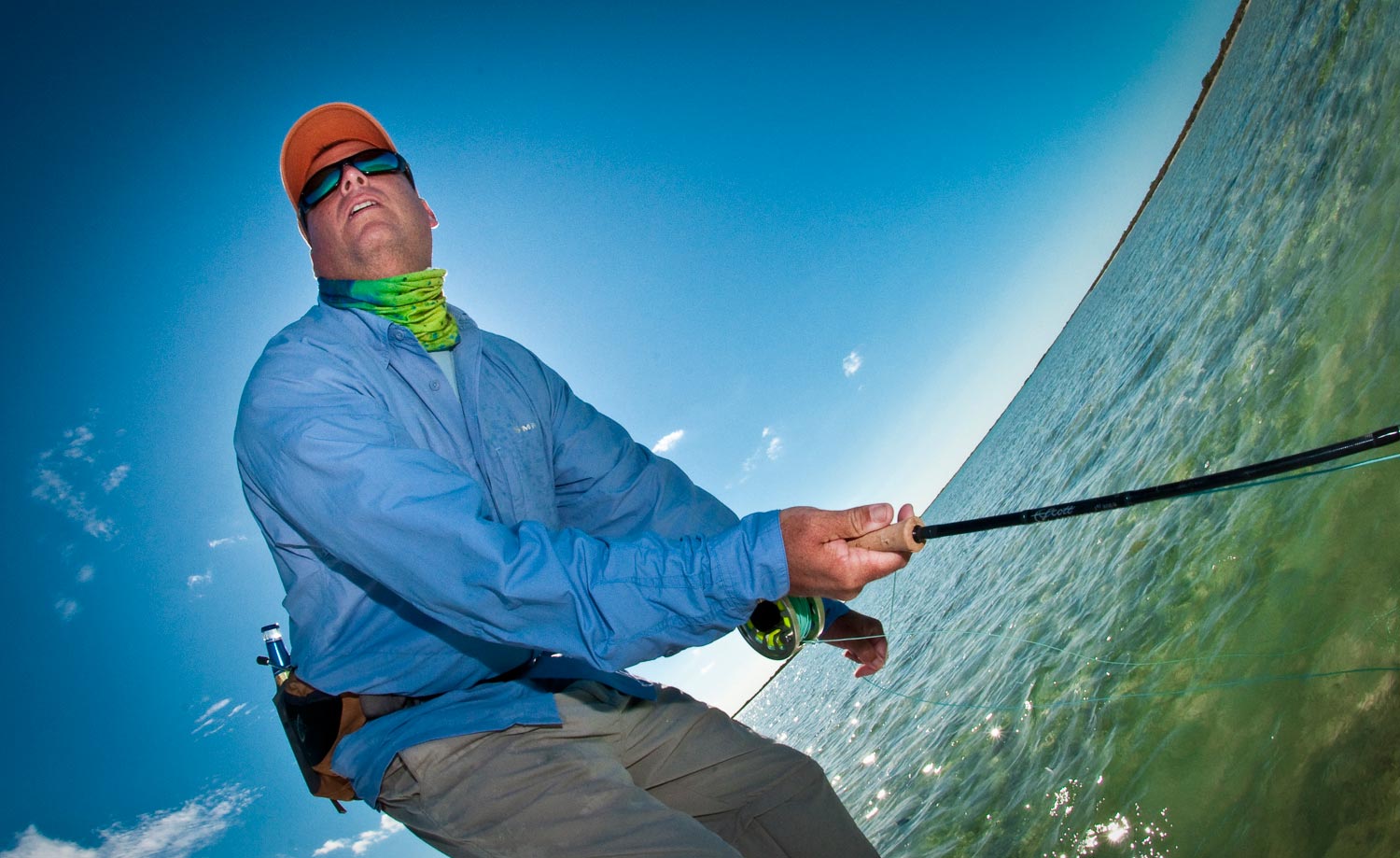
EVERYONE WANTS TO CATCH BIG FISH BUT LEARNING TO OUTSMART THEM TAKES SOME DOING.
Big fish often hold a PhD in fly selection and presentation, but any experienced angler can tell you that getting them to eat your fly is only half the battle. Getting them to the net is another thing. Most anglers do not land the first really big fish they hook. Often they don’t land the first several. Much is written about feeding big fish and far too little about what comes next. Generally speaking anglers learn to land big, strong fish the way I did, by losing a few.
Fighting a tough fish is not just a show of force. It’s a game of strategy, but also of tactics. It’s problem solving. The fish creates problems and you have to solve them. There are two such fish problems that can be solved by the simple tactic of putting your rod tip in the water.
The big downstream run
When a strong fish runs hard downstream too quickly for you to follow, you find yourself at a disadvantage. With the fish directly downstream, the angle of the hook in the fish’s mouth is perilous. Any thrashing or head shaking on the part of the fish can easily result in a long distance release. If you are unable to get downstream and establish a better angle to the fish you are left with only one choice, bring the fish to you. But how?
You can’t tow a big fish upstream on 5X tippet so the fish must come by choice. Once the fish has stopped his run and turned to face upstream, drop your rod tip into the water and ease off the pressure and give him a bit of line. The force of
Read More »4 Tips for Making Better Backhand Presentations
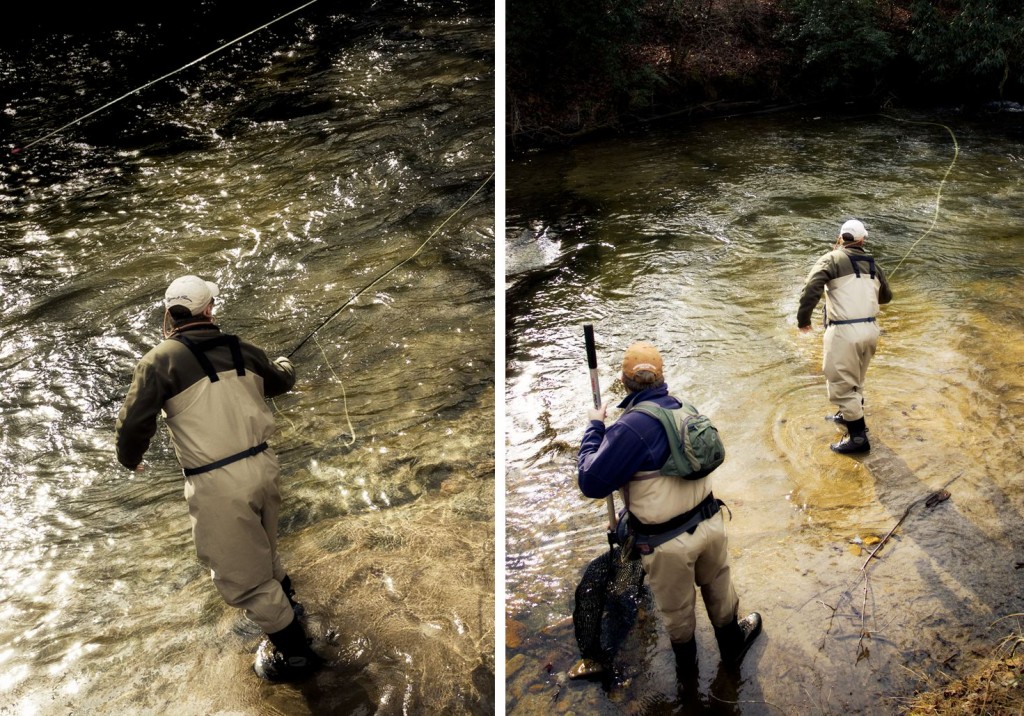
MOST OF THE ANGLERS THAT I RUN INTO ON THE RIVER, THAT ARE BEGINNERS OR OF INTERMEDIATE SKILL LEVEL, SEEM TO ALWAYS HAVE A BAD TASTE IN THEIR MOUTHS WHEN IT COMES TO PRESENTING THEIR FLIES DURING THEIR BACKCAST.
For whatever reason, anglers that fall into this category, find it to be an awkward cast for them to make. Here’s what I find so ironic about backhand presentations.There’s really no difference between making a regular presentation with your forward cast and a presentation on your backcast. All you do differently is stop your rod and present your fly on your backcast instead of your forward cast, everything else should remain exactly the same. So why is it that so many anglers find backhand presentations so painful and unpleasant to deal with? Most of the time it all boils down to executing four simple steps during your false casting and presentation to pull off an easy and accurate backhand cast presentation.
1. Keep your confidence
The first thing I tell my clients that find backhand presentations difficult is to keep their confidence and imagine their casting down river. Just about everyone is comfortable making a cast on their dominant side (casting arm side). I then tell them to work out fly line with some false casts and instead of stoping their rod on their forward cast to present their fly, they’ll stop it on their backcast. The key is getting them to look at the backhand presentation as just stopping their backcast in the normal position like they do when their false casting. It’s really nothing more.
2. Pivot your body in the right position
If you have your body facing in the wrong direction relative to your target, you’re not going to have a good casting angle to pull off an easy cast. Try pivoting (turning) your body to the left or right before you begin casting. Turn left if you’re a righty and turn right if your a lefty.
3. Draw a straight line between your intended target and your forward cast.
The closer you can get to a 180 degree angle
Sunday Classic / 12 Tiny Nymphs that Always Seem to Get the Job Done
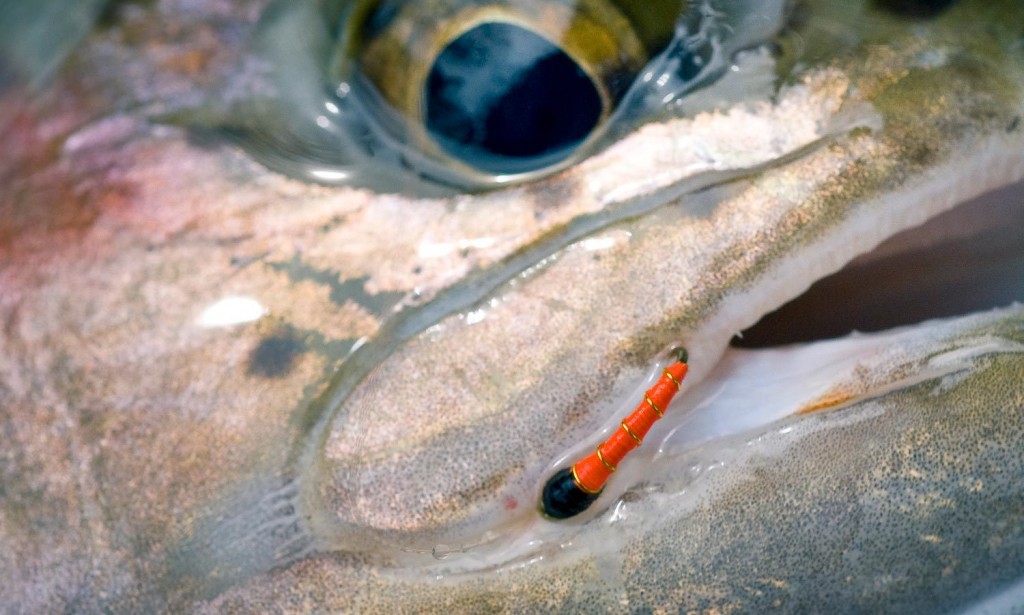
I used to shy away from fishing tiny nymphs during my rookie years of fly fishing. Particularly those size 20-26 midge patterns. Those intimidated me especially. When I used to look at those flies in the bins at fly shops, I can remember thinking, “how can the fish see these in moving water and is there some special rig you’re supposed to use for fishing them?” I’ve since found out I was nuttier than a fruit cake to assume all of the above about tiny flies, and they’ve become my go-to patterns when fishing gets really tough. Make no mistake, small flies have the ability to catch all trout, trophy fish included. In fact, one of the best times to fish tiny nymphs is when you’re sight fishing on water that holds lots of educated, mature trout. A prime example of this would be the “dream stream” section of the South Platte River in Colorado. I’ve had many days after the sun got up high in the horizon, that sub-twenty size nymph patterns out fished everything else in my fly box. In general, small subsurface
Read More »Saturday Shoutout / Rock Stacking

Love them or hate them, chances are you find cairns on your local rivers.
Plenty of anglers hate these little monuments to time spent on the bank. Some see them as a little harmless fun. Others see them as unpleasant reminders of human presence. More and more they are coming to be seen as an ecological hazard.
Wherever you land in this discussion, this article from the site Wide Open Spaces is a great read. It digs into the impact of rock stacking on rivers and the ecosystem there in. It’s worth a read and a share.
ROCK STACKING, NATURAL ‘GRAFFITTI’, AND ITS ECOLOGICAL IMPACT
Read More »New Dry Creek Z Packs From Simms: Video
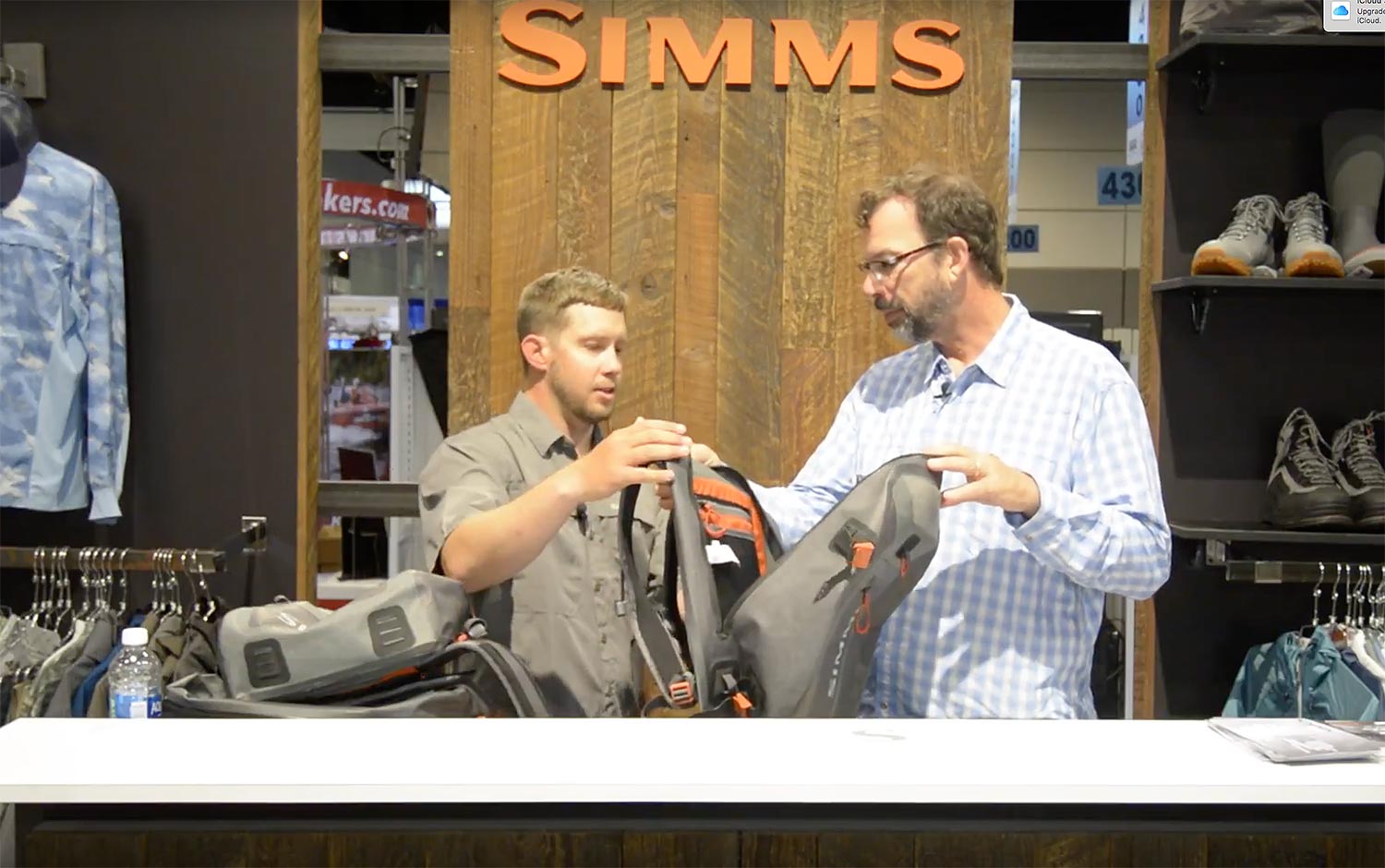
The new line of submersible Simms fishing packs are durable, accessible, comfortable and line catch free.
The new Dry Creek packs are tough as nails and packed with smart design features like net pass-throughs. The backpack, sling pack, and hip pack are all comparable with the padded organizer, which helps keep your gear organized and accessible. These babies keep fishing gear and electronics bone dry in the worst conditions.
Watch this video for a walk through of the Dry Creek Z packs from Simms.
Read More »Keeping a Buffer Between You and the Fish
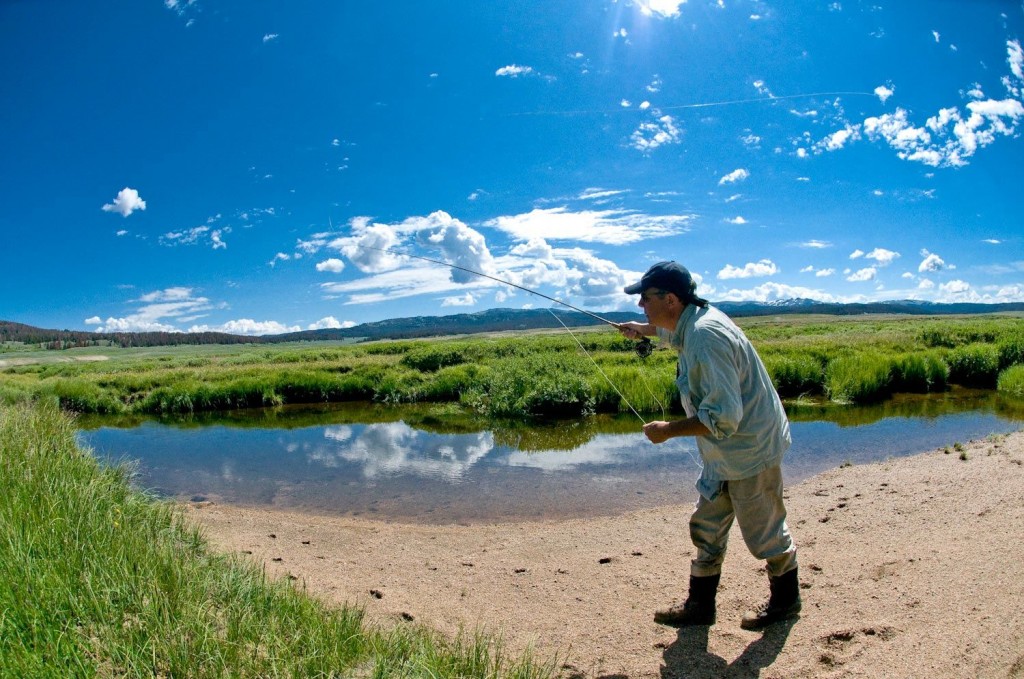
MOST FLY ANGLERS WOULD AGREE THAT SUCCESS IN FLY FISHING IS OFTEN DETERMINED BY HOW WELL THEY CAN STAY OUT OF SIGHT FROM THE ASTUTE FISH THEIR TRYING TO CATCH.
If your finned adversaries are able to put a bead on you (identify you as a threat), there’s a good chance they’re going to ignore your flies or even worse, run for cover. Your ability to maintain a small signature on the fish’s radar should always be high on your objective list when you’re on the water fishing. Failing to do so, you’re going to be setting yourself up for defeat before you even make your first cast. So make a point to keep a sufficient buffer between you and the fish when you’re working water, and it usually will yield you higher catch rates.
There’s several variables anglers should look at and weigh-in to determine the size of the buffer they should maintain. Fast moving riffles (choppy water), freshly stocked fish, dingy water, overcast skies or fish positioned deep in the water column, are all variables that generally shrink the size of the buffer needed by anglers. Trout in these conditions usually feel relatively comfortable and safe, and therefore you can get away with moving in order to make precise presentations. On the other hand, if you’re dealing with flat water (slow moving or calm water), crystal clear water, wild educated fish or fish holding closer to the surface, anglers should keep as large of a buffer as they can, without losing their ability to execute a good presentation and drift.
It’s important to note that I think presentation trumps the importance of a buffer altogether though. If you can’t get a good cast and presentation because you’re positioned too far away from the fish and or target zone, that will seriously decrease your ability in getting fish to eat your flies. Skill level and experience gained over time will eventually get you where you can quickly analyze the conditions on the water, and determine the correct
Read More »Sunday Classic / Holding Your Bone
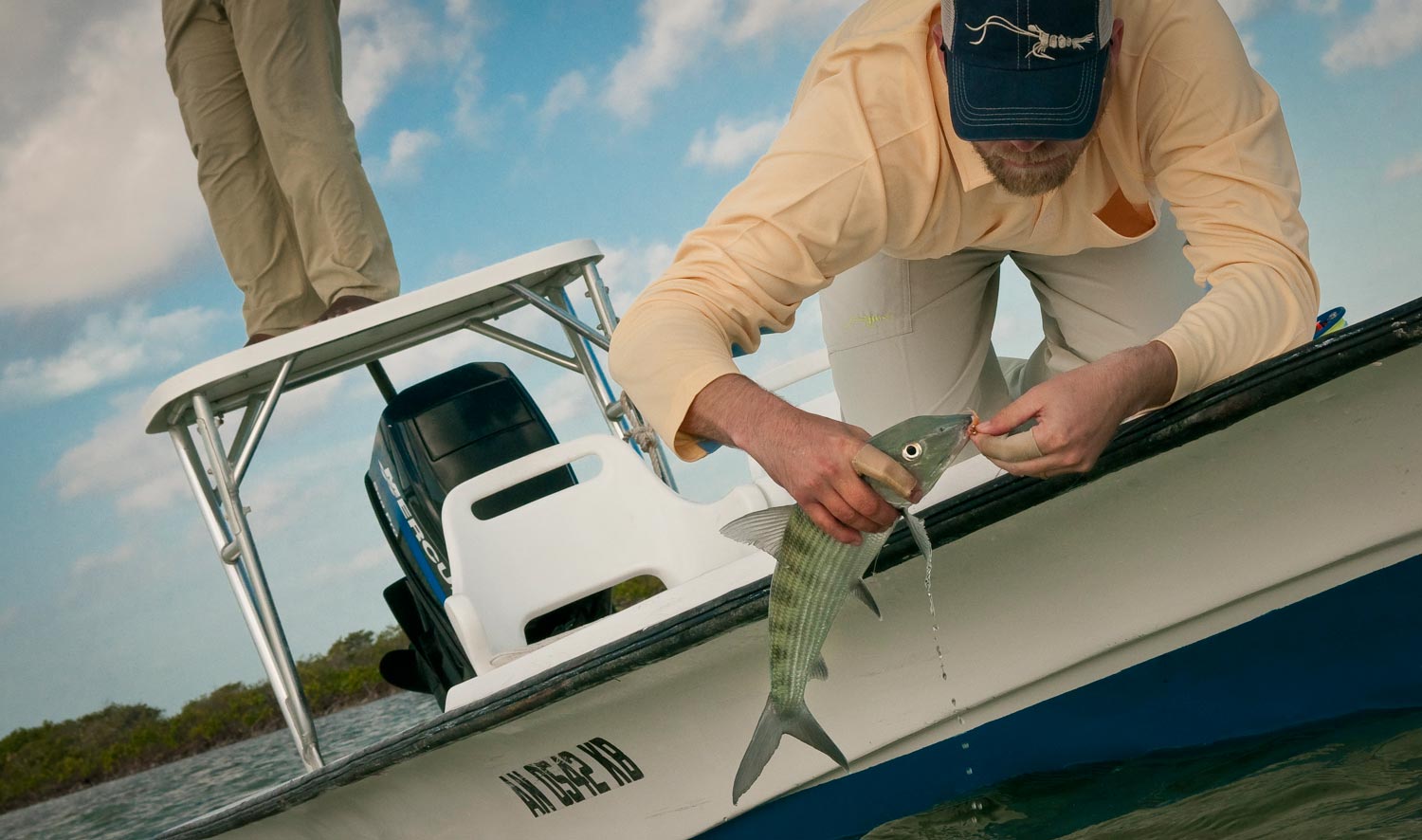
I WATCHED MY SHARE OF GUYS FIGHT TO GET HOLD OF THEIR FIRST BONEFISH AND I REMEMBER BEING THERE MYSELF. IT’S PRETTY PAINFUL FOR EVERYBODY CONCERNED INCLUDING THE FISH.
They aren’t trout and nothing will bring that hone for you like trying to tail one. Landing them and handling them is really pretty simple once you know how. Here are a few tips for getting a grip on these slippery little guys without anybody getting hurt, even your pride.
I will not go into the best way to land a bonefish because I’ve done a post and video on the topic with the help of my buddy Bruce Chard. It’ll save you a broken rod so if you haven’t seen it click HERE.
Once you have the bonefish to the boat and the leader in your hand, assuming that you want to hold the fish and are not content to pop the hook out without touching him (the best practice for the fish), you need to get a good grip on the fish that will let you control him without injuring him. The best place to do this is just behind the pectoral fins and gill plates. The bonefish is pretty firm here and not so tapered so you can get a grip without him immediately squirting out of your hand like a bar of soap. Kent is doing a good job in this photo. You don’t need a death grip. Like any fish, the harder you squeeze him the more he will struggle.
If the fish is too green to hold for a quick photo without him leaping out of your hands and flopping around on the deck there are a couple of things you can do to settle him down.
Read More »Saturday Shoutout / Sanctuary
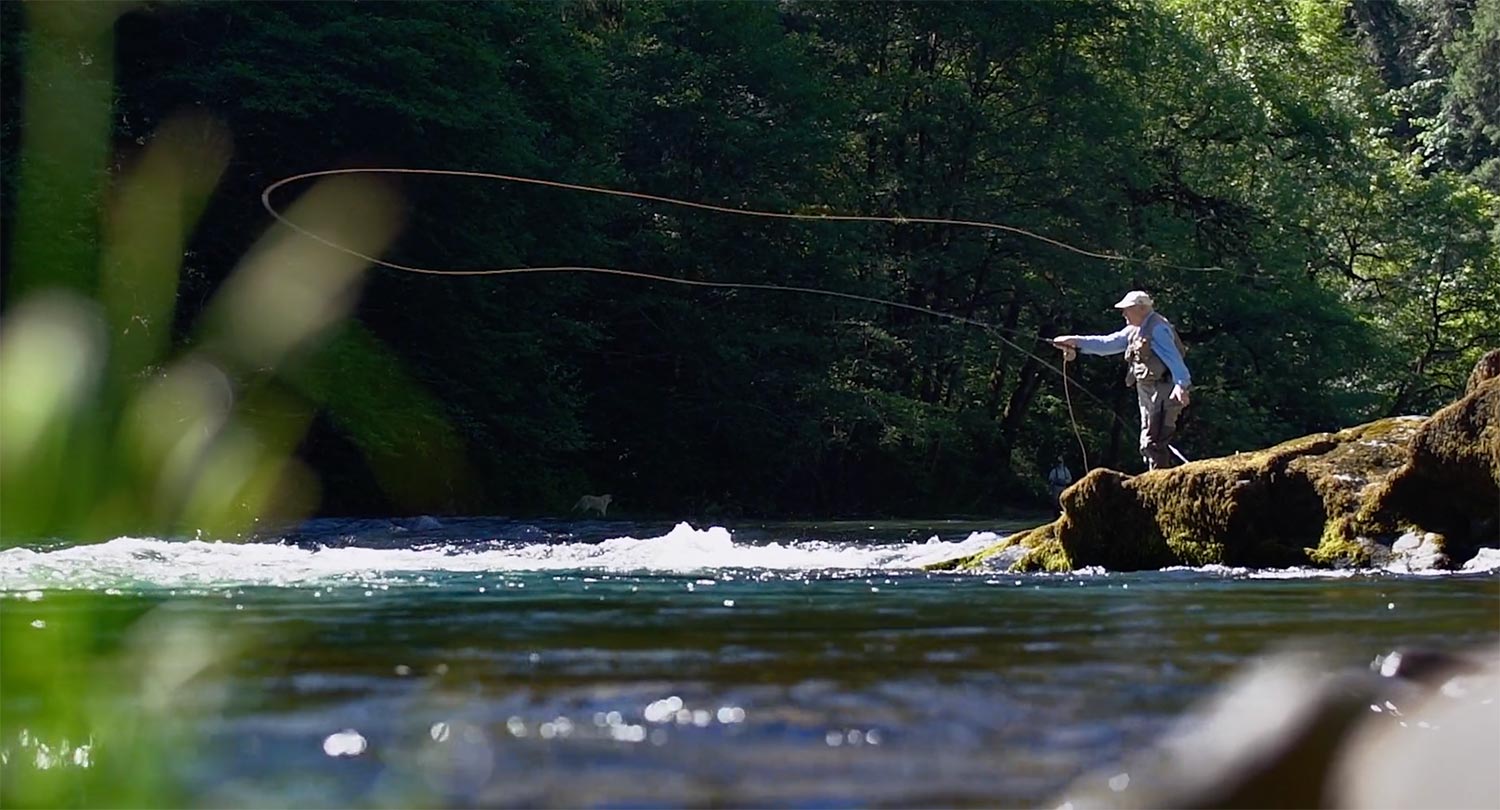
Rivers have saved a great many angler. Sometimes anglers must save rivers.
This beautiful film tells the story of ninety-five year old World War II veteran Frank Moore and how he was born again on the North Umpqua. Now it’s Franks mission to see the North Umpqua reborn through the formation of the Frank and Jeanne Moore Wild Steelhead Sanctuary. Take a moment and join Frank on this amazing river.
Want to help? Contact your Representative and let them know that you support the Frank and Jeanne Moore Wild Steelhead Sanctuary. Find your representative here: house.gov/representatives/find/
Read More »New Fly Lines From Airflo: Video
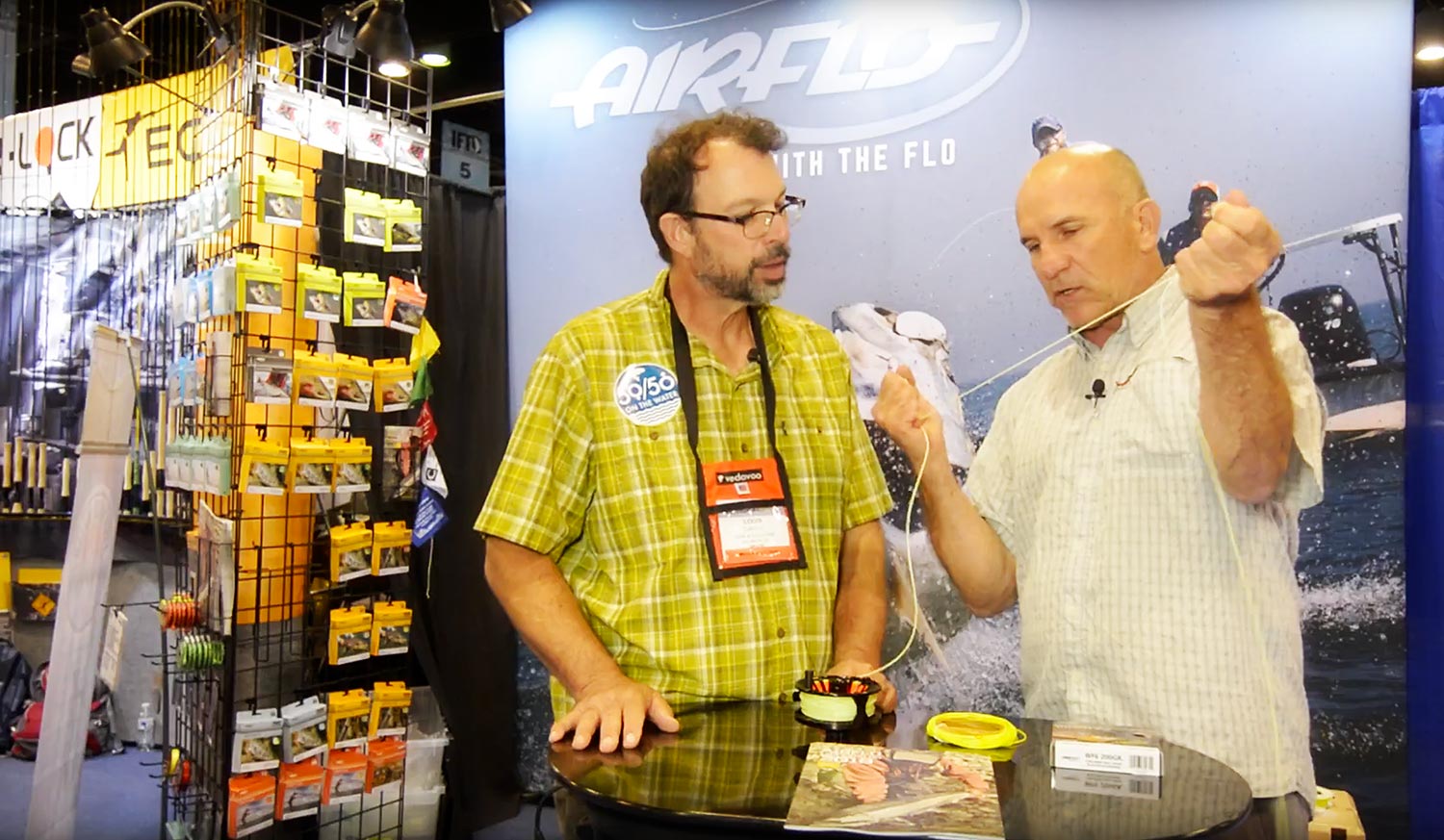
Three new fly lines from Airflo focus on big flies and thin wallets.
It’s kind of been unofficial streamer week on G&G so it’s fitting that we talk about the new Airflo Shovelhead streamer line, designed by Kelly Galloup. The Shovelhead features a double from taper to turn over huge flies with lighter rods. There’s also a new redfish line, designed for bigger flies and the new Forge line, a mid priced line for the mangler on a budget.
Check out the video to hear all the details from Tim “The Man” Rajeff.
Read More »